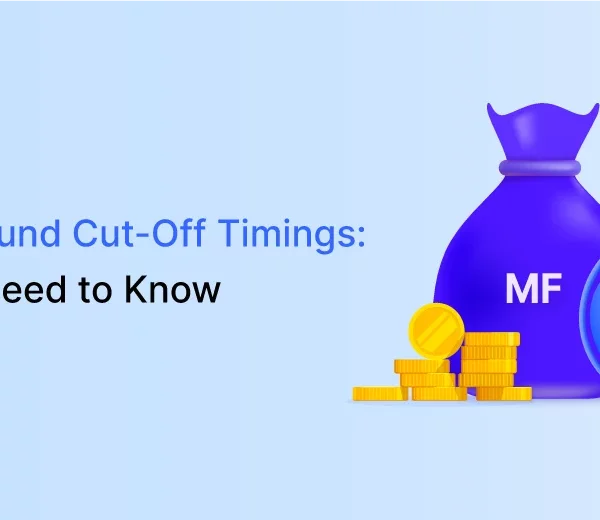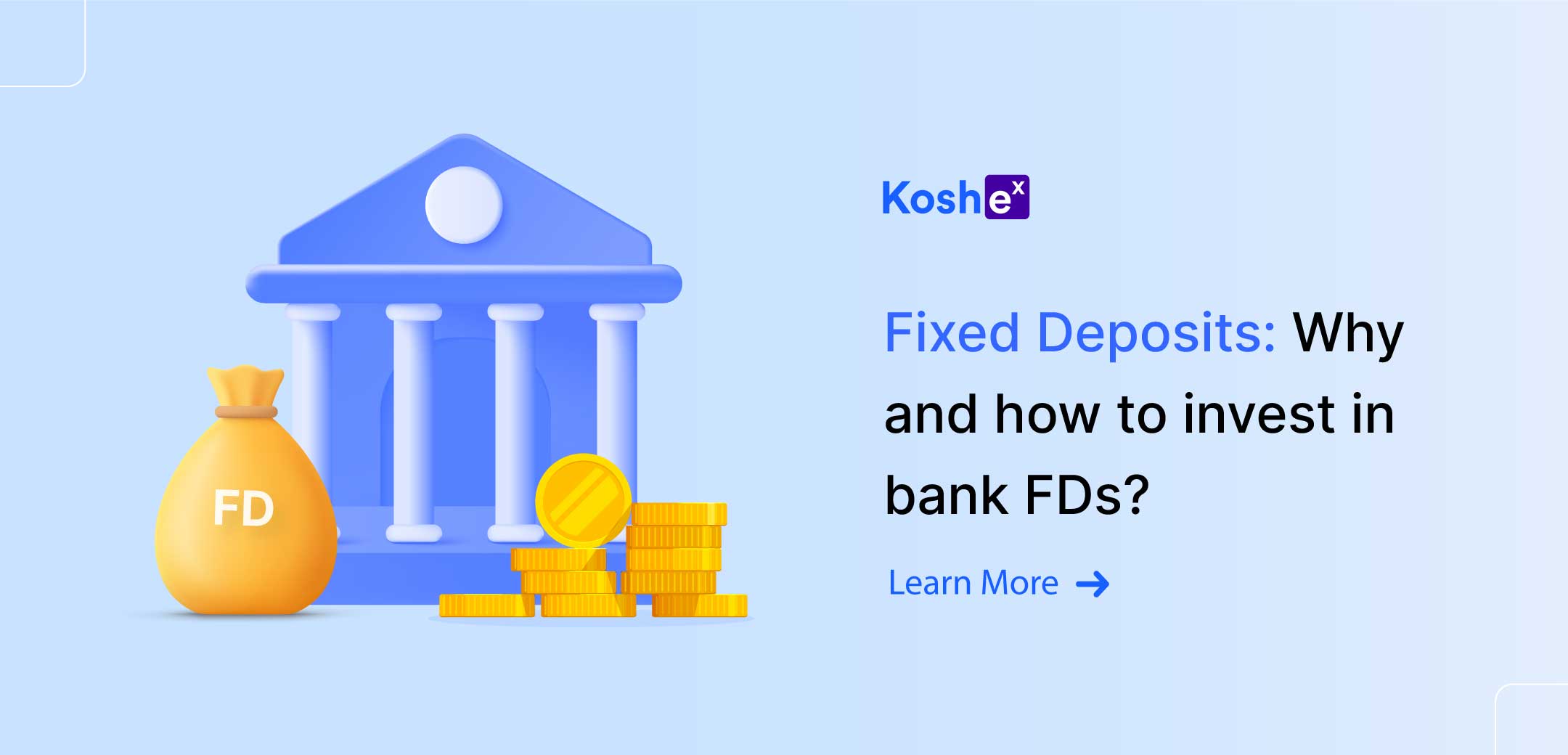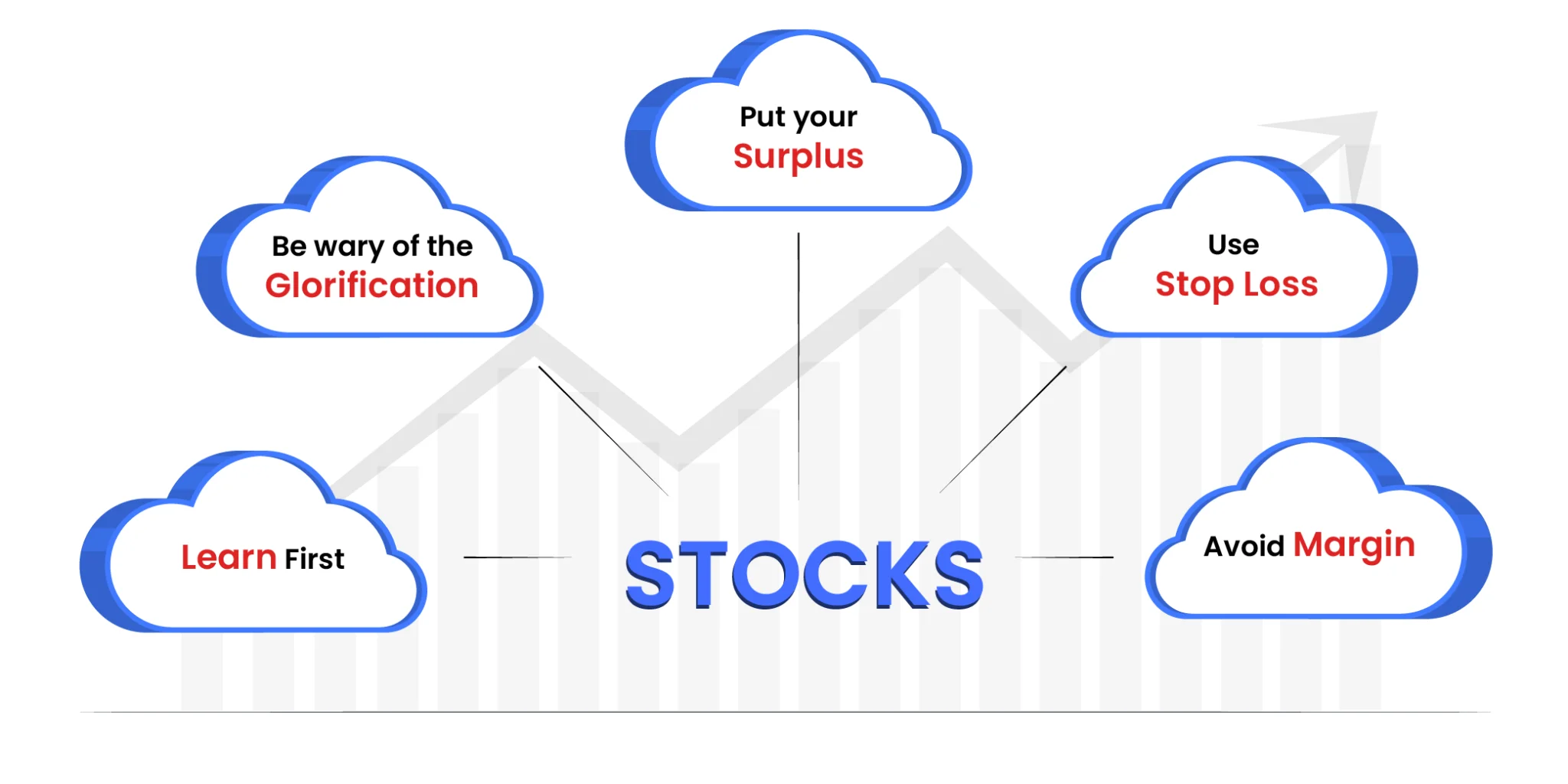Mid-cap stocks or mid-cap funds comprise the equity shares or funds that invest in the equity shares of companies that fall in the mid-cap category. Mid-cap is referred to the category of companies that fall between large-cap and small-cap companies.
The market capitalization of mid-cap companies is more than Rs. 5000 crores but less than Rs. 20,000 crores. One can learn more about small, mid, and large-cap companies and how one can invest in them by signing up with Koshex.
One should look beyond current returns if they are planning to step into the mid-cap stock or mutual fund space. Analyze how midcaps are winning in the long term even in adverse market conditions. It requires a long-term view and horizon to generate market-beating returns in mid-cap stocks or mid-cap mutual funds. Let’s understand what works behind mid-caps winning in the long term.
Why Mid-Caps Win In The Long Term
Mid-cap stocks are considered a sweet spot between small-cap and large-cap stocks. Mid-cap companies are an attractive investment option for investors who are looking for companies with good growth potential but are not yet fully established in the market. These companies are generally more volatile than large-cap companies, but they also have the potential to offer higher returns in the long term.
The Indian equity market has seen significant growth in the past decade, and mid-cap stocks have been at the forefront of this growth. Analysts at Mint observed that mid-cap and small-caps have outperformed the benchmark indices. This happened despite the volatility in the Indian stock market. Let’s check the figures:
- The BSE mid-cap booked gains of 5.64% while the SENSEX rose only 3.42% in August 2022.
- SENSEX gained only 1.74% in September 2022 while mid-cap gained 3.32%.
The outperformance of mid-cap stocks in the Indian equity market can be attributed to several factors –
- More agile in performance: Mid-cap companies are often more nimble and agile than their larger counterparts. This enables them to adapt to changing market conditions and take advantage of emerging opportunities.
- High growth potential: Mid-cap companies often have a higher growth potential than large-cap companies as they are operating in a smaller market and have more room to grow. One should always remember that mid-caps are the prospective large-cap companies of the future.
- Lower valuation than large-caps: Mid-cap companies often have lower valuations than large-cap companies, which makes them attractive to investors who are looking for companies with good growth potential at a reasonable price.
- Higher risk than large-caps: Mid-cap stocks can be more volatile than large-cap stocks. In essence, mid-caps have a higher risk than large-caps. This is because mid-cap companies are often more exposed to market fluctuations and changes in investor sentiment. As the saying goes – the higher the risk higher the reward.
However, it should be noted that mid-cap companies are also more susceptible to business disruptions and challenges than large-cap companies. - Lower risk than small-caps: While mid-caps possess a higher risk than large-cap stocks, they are less volatile than small-caps. That makes them an ideal choice for investors. Small-caps are for investors, who have a high-risk tolerance, and want to invest in companies with high growth potential. Lucrative returns and manageable risk allow mid-caps to survive and thrive in the long run.
Benefits Of Investing In Mid-Caps Through Mutual Funds
Mid-caps provide an opportunity to invest and grow your wealth. You can either invest in mid-caps directly or through mutual funds. Many people prefer investing through mutual funds because of the following reasons –
- Diversification: Fund managers invest in mid-cap stocks in different sectors and industries. Thus, they diversify and mitigate the risk to avoid sector skewness, which may happen if invested directly in one or two mid-cap stocks.
- Liquidity: Open-ended mid-cap equity funds can be redeemed at current Net Asset Value (NAV) units. However, closed-ended funds come with a lock-in period and can be liquidated through exchange after the lock-in period. Thus, open-ended mid-caps are favored by fund managers.
- Smaller investment amount: Investment in mid–cap mutual funds can be started for as low as Rs. 500 or even Rs. 100 in some mutual fund companies. You don’t have to invest a big amount when you invest in mutual funds.
Mid-cap funds provide a substitute for investors to generate benefits from mid-cap stocks. However, investors can generate good returns in mid-cap stocks by investing in mid-cap funds via SIP over the long term. This provides a shield against the volatility in the price associated with the national and global market scenario. This is known as rupee cost averaging. This implies that the cost of the mutual fund will average out in the long run if one invests through SIP.
Things To Keep In Mind While Investing In Mid-Caps
- Time frame and investment goalpost: While investing in equity markets, one should be cognizant of the time it takes to deliver decent returns. Stocks won’t make one rich overnight. Hence, one should have a long-term investment framework and plan their financial goals accordingly if they are keen on investing in mid-caps.
- Return On Investment (ROI): Mid-cap stocks/funds tend to deliver returns beating the benchmark indices in a long-term framework. However, when it comes to a shorter timeframe, they might not deliver the expected returns. This is because of the various market factors in play. Before investing, one should keep in mind the small and long-term returns provided by mid-caps and whether they align with one’s financial goals or not.
- Risk appetite of the investor: In a volatile market, mid-cap companies also face volatility. Hence, it is extremely important to understand the risk appetite before investing or staying invested in mid-caps.
- Expense ratio on mid-cap funds: In case one invests in mid-caps through mutual funds, it is essential to understand the expense ratio and its implication on the returns of the mid-cap funds. The expense ratio indicates the expenses incurred by asset management companies (AMCs) to manage mid-cap funds. This comprises administration charges, fund manager’s fees, etc. The expense ratio can be calculated by dividing the total expenses by the total assets under management. It directly impacts the return on investment. Hence, one needs to analyze this cost before investing in mid-cap funds.
Final Words
Mid-caps have the potential to outperform the market. Thus, mid-caps are winning in the long term. Investors should invest in mid-caps via the SIP route unless they are an expert. Mid-cap equity stocks / mutual funds are ideal for investors who have a mid to long investment horizon.
One can analyze hundreds of mid-cap funds on Koshex and compare them based on various parameters. This will help one find the ideal fund that aligns with their investment goals. Koshex can help make informed investment decisions. Sign up with Koshex for more details.
Frequently Asked Questions
Q1. Who should invest money in mid-caps?
Investors with a mid to long-term investment horizon and high-risk appetite should invest in midcaps.
Q2. What is the difference between mid-cap and multi-cap funds?
A multi-cap fund can be a combination of large-cap, mid-cap, and small-cap stocks. It is generally diversified in nature, unlike a mid-cap fund, which restricts itself by investing in mid-cap companies only.
Q3. Should I invest in mid-cap stocks directly or through a fund?
Unless one is an expert, it’s recommended to invest in mid-caps through mutual funds, since they offer diversification benefits and are managed by expert fund managers.









Leave a Comment